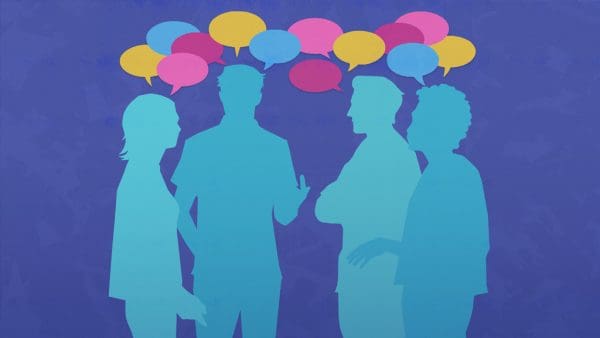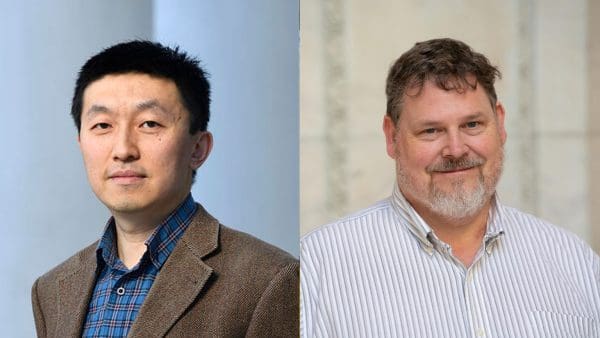The chromosome associated with male development, which is the last mysterious piece of the human genome, has been fully sequenced by a team of more than 100 researchers around the world, including Johns Hopkins University scientists.
The achievement completes the Y chromosome’s genetic code and unveils key details that could provide a crisper picture of the role the chromosome plays in male-specific development, fertility, and genetically triggered diseases like cancer.
The work was published in August in Nature.
“Now that we have this 100% complete sequence of the Y chromosome, we can identify and explore numerous genetic variations that could be impacting human traits and disease in a way that we weren’t able to do before,” says co-first author Dylan Taylor, a Johns Hopkins geneticist and doctoral candidate in the Department of Biology.
The sequence of DNA that comprises chromosomes encodes the genes and genetic circuits that guide the development and function of all cells in living organisms. The Y chromosome has been particularly challenging to decode because of its repetitive molecular patterns, but new sequencing technology and bioinformatics algorithms allowed the team to resolve these DNA sequences.
New Insights
The team revealed the structures of sperm-regulating gene families and discovered 41 additional genes in the Y chromosome. They also unveiled the structures of genes thought to play significant roles in growth and functioning of the male reproductive system.
“We completed the wiring diagram for all these genetic switches that get activated via the Y chromosome, many of which are critical to the genetic contributions to male development,” says author Michael Schatz, a Bloomberg Distinguished Professor in computer science, biology, and oncology. “We are at a point where scientists can start using this map. We were previously blind to different parts of the genome and different mutations, but now that we can see the whole genome, we hope we can add new insights to the genetics of a lot of different diseases.”
The Y chromosome, along with the X chromosome, is often discussed for its role in sexual development. While these chromosomes play a central role, the factors involved in human sexual development are spread across the genome and very complex, giving rise to the array of human sex characteristics found among male, female, and intersex individuals. These categories are not equivalent to gender, which is a social category. Additionally, recent work demonstrates that genes on the Y chromosome contribute to other aspects of human biology, such as cancer risk and severity.
Building Blocks
The research was led by the National Human Genome Research Institute, part of the Telomere-to- Telomere consortium that in 2022 unveiled the complete sequence of a human genome, a decades-in-the-making revelation expected to open new lines of molecular and genetic exploration. However, that work was done with two X chromosomes. Now, using a donor with both an X and a Y chromosome, the consortium built a complete blueprint of the Y chromosome and every element of its DNA.
The new findings lay the foundation for high-quality genome assemblies that didn’t exist before, including for personalized genomes.
“The genome is a very personal thing—it has the basic instructions for the building blocks of our development and what makes us human,” says co-author Rajiv McCoy, assistant professor of biology. “We knew we had an incomplete picture up until now, but we can now see the entire genome from end to end for the first time.”
Other Johns Hopkins authors are Paul Hook, Winston Timp, Steven Salzberg, Nae-Chyun Chen, Ariel Gershman, Jakob Heinz, Stephen Hwang, Michael Sauria, Alaina Shumate, and Samantha Zarate.





